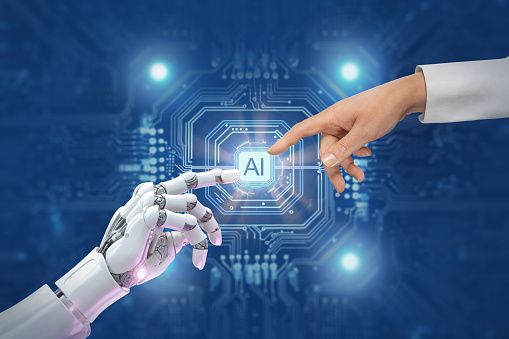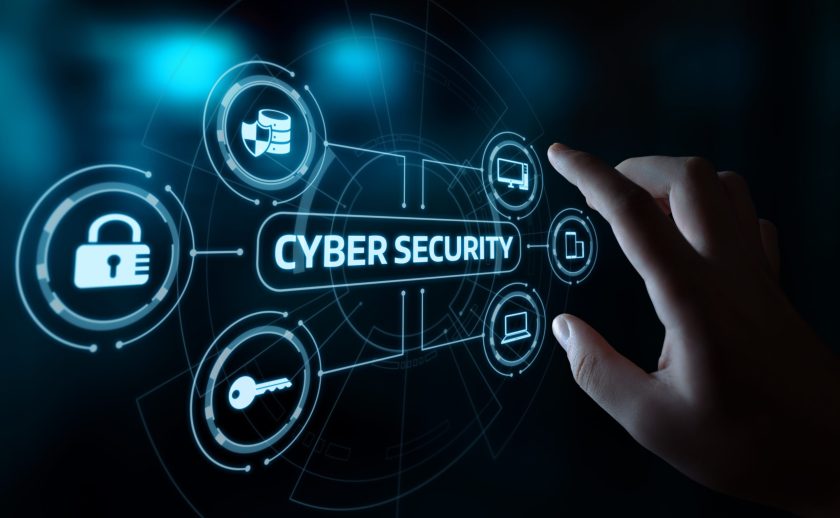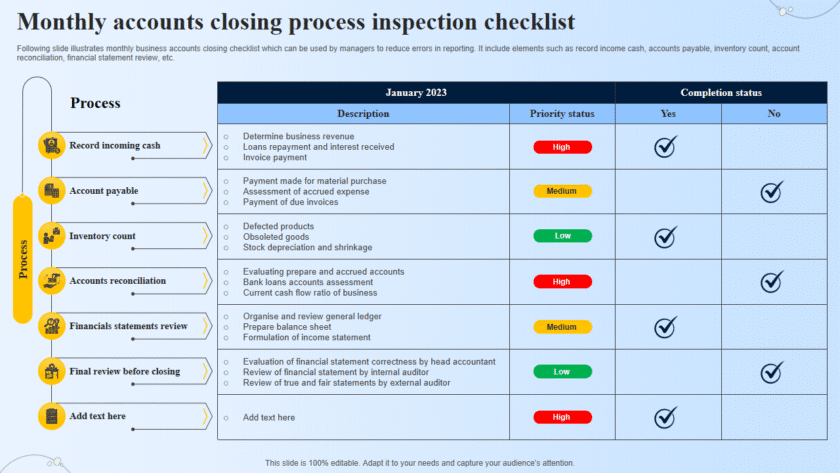The Future of Cybersecurity: AI and Emerging Threats
As technology advances, so do cybercriminals. Artificial Intelligence (AI) is revolutionizing the way we protect — and unfortunately, attack — digital systems.
The future of cybersecurity will be defined by the race between AI-powered defense systems and AI-driven cyber threats.
Let’s explore what’s coming next and how individuals and businesses can prepare.
🔹 1. How AI Is Changing Cybersecurity
AI is no longer just a buzzword — it’s transforming how cybersecurity experts detect, analyze, and respond to threats.
🔍 AI-Powered Threat Detection
AI can process massive amounts of data in seconds — spotting unusual patterns that human analysts might miss.
- Detects zero-day attacks (new threats not yet recognized by antivirus software).
- Uses machine learning to identify suspicious user behavior.
⚙️ Automated Incident Response
AI systems can respond to cyber incidents instantly — isolating infected machines, blocking malicious IPs, and restoring backups automatically.
🧠 Predictive Security
AI predicts future attacks by analyzing trends in malware, phishing attempts, and hacker tactics.
This allows businesses to prevent threats before they occur — rather than simply reacting.
💬 AI in Authentication
Tools like biometric verification, facial recognition, and voice analysis use AI to verify user identities securely.
🔹 2. How Cybercriminals Are Using AI
Unfortunately, hackers are also becoming smarter. They now use AI to create, automate, and scale attacks more effectively.
🦠 AI-Powered Phishing
AI can generate highly convincing fake emails or messages by copying a company’s tone, logo, or writing style.
🎭 Deepfakes and Synthetic Identities
AI-generated voices and videos can impersonate CEOs, employees, or government officials — tricking people into sending money or sharing secrets.
🤖 Malware That Learns
AI-based malware can adapt its behavior to avoid detection by traditional antivirus programs.
💬 Chatbot Scams
AI chatbots can carry out automated social engineering conversations — pretending to be customer service or tech support.
🔹 3. Emerging Threats on the Horizon
🌐 1. AI-Driven Cyber Warfare
Nations are building AI tools for digital espionage and disruption of critical infrastructure.
🧩 2. Quantum Computing Risks
Quantum computers could one day break current encryption methods, making existing cybersecurity systems obsolete.
📱 3. IoT (Internet of Things) Vulnerabilities
Smart devices like cameras, thermostats, and cars are becoming hacker entry points.
Many have weak security or default passwords.
☁️ 4. Cloud Attacks
As more data moves to the cloud, attackers are shifting focus to cloud misconfigurations and access control weaknesses.
💼 5. Insider Threats Enhanced by AI
Employees using AI tools may unintentionally expose data, or malicious insiders might exploit AI-powered systems to bypass controls.
🔹 4. How Businesses and Individuals Can Prepare
✅ 1. Invest in AI-Based Defense Systems
Use cybersecurity platforms that include:
- Machine learning intrusion detection
- Automated threat response
- Real-time monitoring
✅ 2. Train for AI-Era Threats
Regular cybersecurity training should include awareness of deepfakes, synthetic scams, and AI-driven phishing.
✅ 3. Strengthen Data Encryption
Prepare for the post-quantum era by exploring quantum-resistant encryption standards.
✅ 4. Secure Your IoT and Cloud Systems
- Change default passwords.
- Use strong authentication.
- Regularly update firmware.
✅ 5. Implement Zero-Trust Architecture (ZTA)
Never trust, always verify — every access request should be authenticated, authorized, and encrypted.
✅ 6. Collaborate with AI Security Experts
Cybersecurity is becoming too complex for small teams to handle manually. Partner with specialists or use managed AI security services.
🔹 5. The Role of Ethics and Regulation
As AI grows more powerful, governments and organizations must ensure it’s used responsibly.
- AI Ethics Frameworks are emerging to prevent misuse.
- Global cooperation is essential to fight cross-border cybercrime.
- Cybersecurity laws will evolve to cover deepfake crimes, AI impersonation, and automated attacks.
🔹 6. The Future: Human + AI Partnership
AI won’t replace human cybersecurity experts — it will empower them.
The future of security will rely on a balance between human intuition and AI automation.
Humans are creative.
AI is fast.
Together, they form the ultimate cyber defense.
✅ Final Thoughts
The future of cybersecurity will be a battle of intelligence — artificial versus human.
AI offers powerful protection, but it also creates new risks.
Success will depend on continuous learning, adaptation, and ethical innovation.
“The next generation of cybersecurity won’t just defend networks — it will think, predict, and evolve faster than attackers.”






